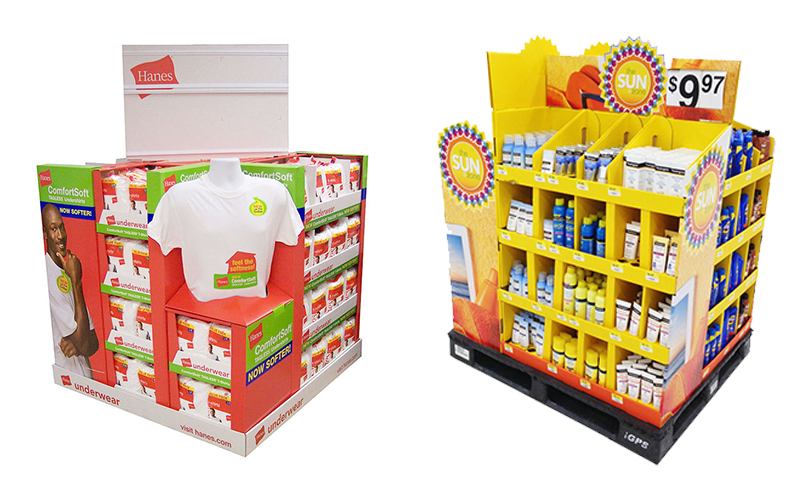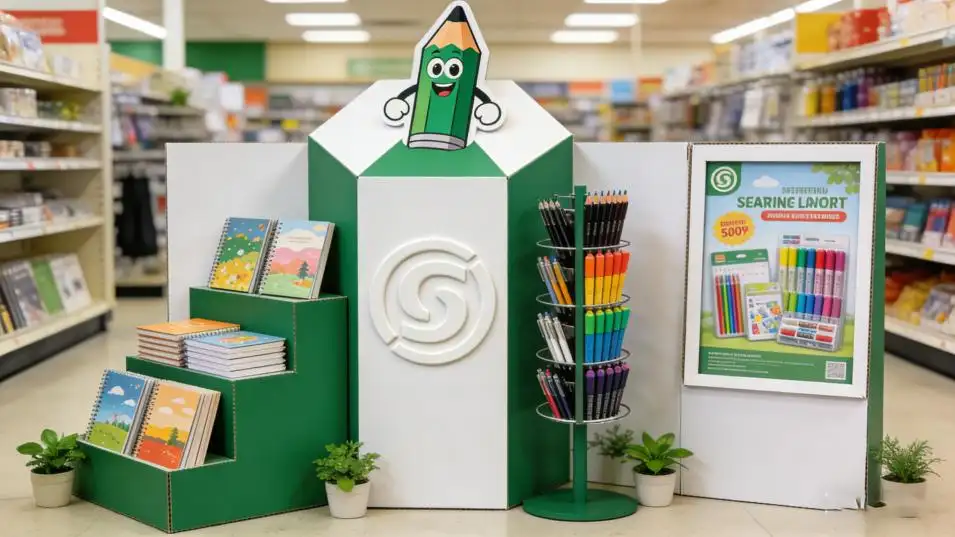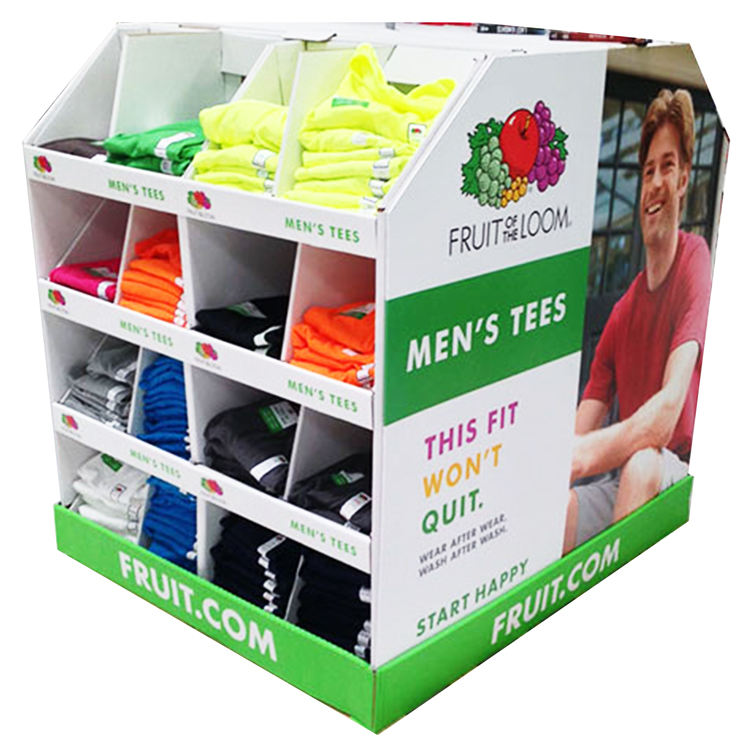Choosing a POP display manufacturer feels overwhelming. A bad choice means wasted money and a poor brand image. I'll show you the key factors that guarantee a successful partnership.
Look for a manufacturer with deep experience, proven quality control like advanced color management, and innovative design. They must also offer secure shipping solutions to ensure your displays arrive safely and ready for assembly.
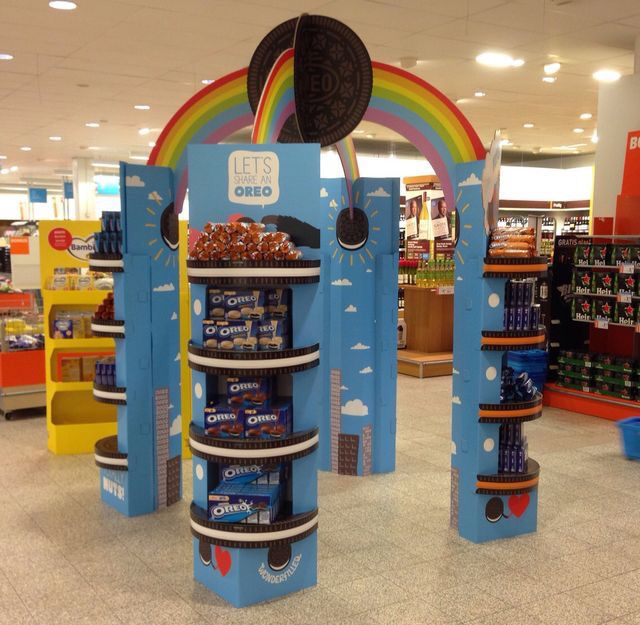
Choosing a partner for your displays is a big decision for your brand. It goes much deeper than just looking at the price tag on a quote. After 16 years in this business, I've seen what separates the great partners from the ones that cause problems. You need to look at their process from start to finish. Let's break down what really matters when you're evaluating a potential manufacturer. This will help you make a choice that boosts your sales and protects your brand.
How do you measure the effectiveness of a display system in the retail industry?
You spent time and money on a new display. But is it actually helping you sell more products, or is it just taking up valuable floor space in the store?
You measure a display's effectiveness with hard data. This includes sales lift1, customer engagement2, brand recall, and the final return on investment (ROI)3. It’s about tracking real-world results, not just appearances.
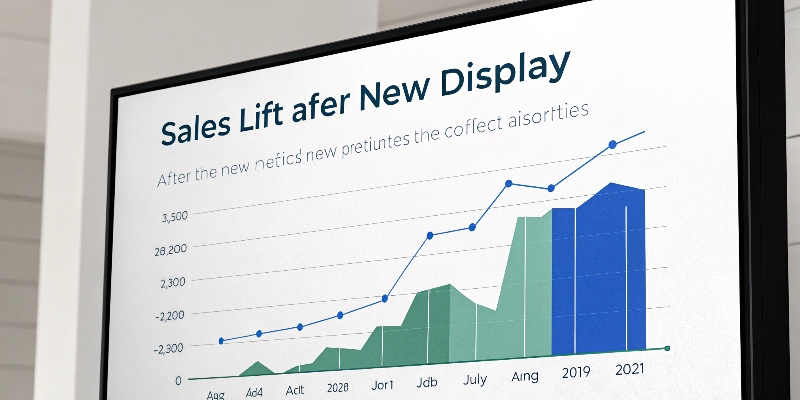
In my 16 years of designing displays, I've seen many clients focus only on how a display looks. Aesthetics are important, but the real victory is in the numbers. A beautiful display that doesn't increase sales is a failure. A simple, cost-effective display that flies off the shelves is a huge success. You must track performance. Start by setting a baseline of sales data for the two weeks before the display is set up. Then, compare it to the data from the two weeks after. The change you see is your sales lift. But it's not just about sales. Watch how shoppers interact with the display. Are they stopping? Are they touching the products? A display that encourages interaction is more effective. The ultimate measure is ROI. You calculate this by taking the profit from the increased sales and subtracting the total cost of the display.
Key Performance Metrics for Retail Displays
| Metric | How to Measure | Why It's Important |
|---|---|---|
| Sales Lift | Compare product sales before and after the display is active. | This is the most direct measure of a display's success in selling products. |
| Customer Engagement | Observe shopper interaction time. Do they stop, look, and touch? | High engagement means the display is successfully grabbing attention and interest. |
| Return on Investment (ROI) | (Increased Profit - Display Cost) / Display Cost | This tells you if the financial investment in the display was worth it. |
A good manufacturer partner should be obsessed with these numbers and design displays that are built to perform.
How do retailers decide what to include in displays?
Retailers have very limited floor space. So how do they decide to give that prime spot to your product instead of a competitor's product? It's a tough competition for attention.
Retailers choose products for displays based on sales potential, seasonality, supplier promotions4, and brand popularity5. They prioritize items that are highly profitable, new, or part of a larger marketing campaign.

I've worked side-by-side with countless retail manager6s over the years. They are business people first and foremost. Their goal is to maximize sales per square foot. When they decide what to feature, they are running a few key calculations in their head. First, they look at the profit equation. Products with high-profit margins or a history of selling quickly are obvious choices. They also consider any promotional deals you, the supplier, are offering. A discount or a marketing contribution can make your product much more attractive for a feature. Second, they think about customer demand. Is there a seasonal trend? Is it a a brand new product launch that will generate buzz? Popular brands that customers already love are a safe bet. Finally, they consider the relationship with the supplier. A supplier who provides a fantastic, easy-to-use display makes the retailer's job much easier. If your display is a nightmare to assemble, it's a mark against you.
The Retailer's Display Checklist
| Consideration | Key Question | Example |
|---|---|---|
| Profitability | Will this product make me money? | High-margin items, products with high sales velocity. |
| Customer Demand | Is this what my customers want to buy right now? | Seasonal items like candy for Halloween, new tech gadgets. |
| Supplier Support | Is the supplier making this easy for me? | Marketing funds, easy-to-assemble displays7, reliable stock. |
What is the difference between a retail display and a POP display?
People in our industry often use the terms "retail display8" and "POP display9" as if they mean the same thing. But this can lead to confusion when you're talking to your designer or manufacturer.
A retail display is any fixture used to show products. A POP (Point of Purchase) display is a specific type of retail display placed where purchase decisions are made, like the checkout counter, to drive impulse sales10.

This is one of the most common points of confusion I've had to clear up for clients. Let's make it simple. Think of "retail display" as the big, general category. It includes everything from the permanent metal shelving in the aisles to the mannequins in a clothing store. These are fixtures that are part of the store's long-term layout and infrastructure. They are designed for durability and to hold a wide range of products over a long period. A "POP display," or Point of Purchase display, is a more specialized tool. Its job is very specific: to capture a shopper's attention and trigger a last-minute, unplanned purchase. That's why they are often made of temporary materials like cardboard and placed in high-traffic areas11 like aisle end caps or right next to the cash register. They are built for a single promotion or season. So, all POP displays are technically retail displays, but not all retail displays are POP displays.
Retail Display vs. POP Display
| Feature | Retail Display (General) | POP Display (Specific) |
|---|---|---|
| Purpose | General product organization and presentation. | Drive impulse sales for specific promotions. |
| Location | Anywhere in the store, often in main aisles. | High-traffic areas: end caps, checkout counters. |
| Material | Often permanent: metal, wood, plastic. | Often temporary: cardboard, corrugated paper. |
| Duration | Long-term, part of the store's fixtures. | Short-term, for a single campaign or season. |
Which example describes a good retail display?
You want a display that gets noticed in a crowded store. But what is the difference between a "good" display and a truly great one that actually sells your product?
A great retail display is eye-catching, easy to shop from, and highlights the product’s value. It must also be structurally sound, incredibly simple to assemble, and have colors that perfectly match the brand.
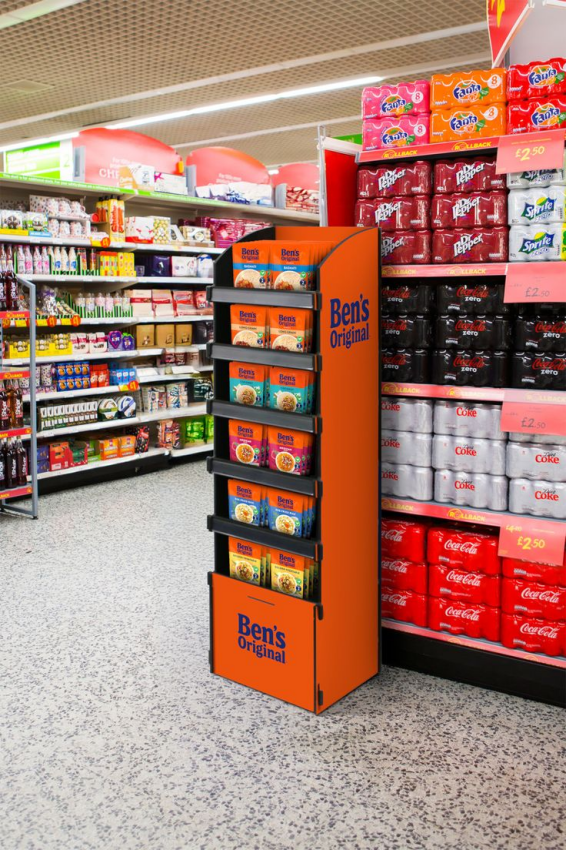
I learned early in my career that a 'good' display has to be great for everyone involved: the brand, the retailer, and the customer. Over the years, I've seen the same problems trip people up. Based on this, we've focused on solving three key challenges at my company, Lddisplay.
Solving the Assembly Puzzle
One of the biggest complaints I hear from retailers is about displays that are a nightmare to build. If a store employee has to spend an hour fighting with confusing instructions, they already hate your display. That's why we focused on creating designs that are incredibly simple to assemble. We've even developed display styles that can be fully set up in just two seconds. This saves retailers huge amounts of time and labor costs, which makes them love working with our clients.
The Power of Perfect Color
A display is an extension of your product's brand. If the colors are off, it cheapens the look and creates a disconnect for the customer. A good display has to be a perfect visual match. We invested in an advanced color management12 system to guarantee that the colors printed on our displays precisely match your brand's Pantone colors. This creates a seamless and professional presentation that gives customers confidence.
Built to Arrive Safely
What good is a beautifully designed display if it arrives at the store broken? The journey from our factory to the retail floor is a critical, and often overlooked, part of the process. We treat shipping safety13 as a key design feature. This involves creating smart packaging, deciding between shipping flat or on pallets for security, and even doing waterproof tests before shipping. We also design protective structural cards for shipping assembled displays. A 'good' display is one that arrives in perfect condition, ready to do its job.
Conclusion
Choosing the right manufacturer means looking beyond the price. Focus on their ability to create easy-to-assemble, color-accurate, and durable displays that arrive safely. This is the key to a successful partnership.
-
Measuring sales lift helps evaluate the effectiveness of your displays. ↩
-
Understanding customer engagement can help you design more effective displays. ↩
-
Calculating ROI is essential to assess the financial success of your displays. ↩
-
Supplier promotions can significantly influence product placement in stores. ↩
-
Understanding brand popularity can help you position your products effectively. ↩
-
Retail managers are key decision-makers in product display strategies. ↩
-
Easy assembly can save time and improve retailer satisfaction. ↩
-
Clarifying these terms can improve communication with your design team. ↩
-
Understanding POP displays can enhance your marketing strategy and boost impulse sales. ↩
-
Learn strategies to increase impulse sales through effective display design. ↩
-
Identifying high-traffic areas can help optimize display placements. ↩
-
Explore how color management can improve your brand's visual presentation. ↩
-
Ensuring shipping safety is vital to prevent damage and maintain quality. ↩


